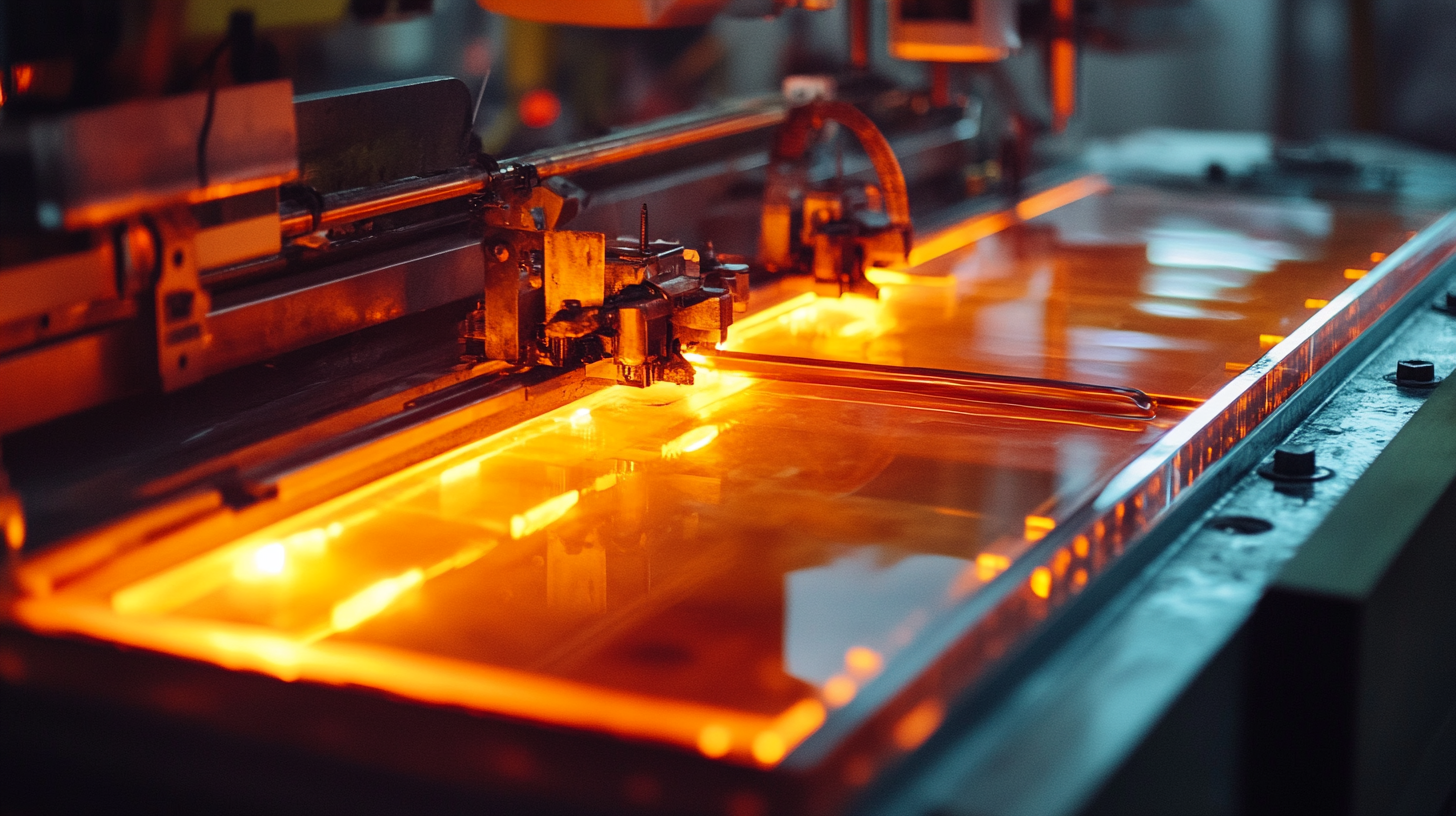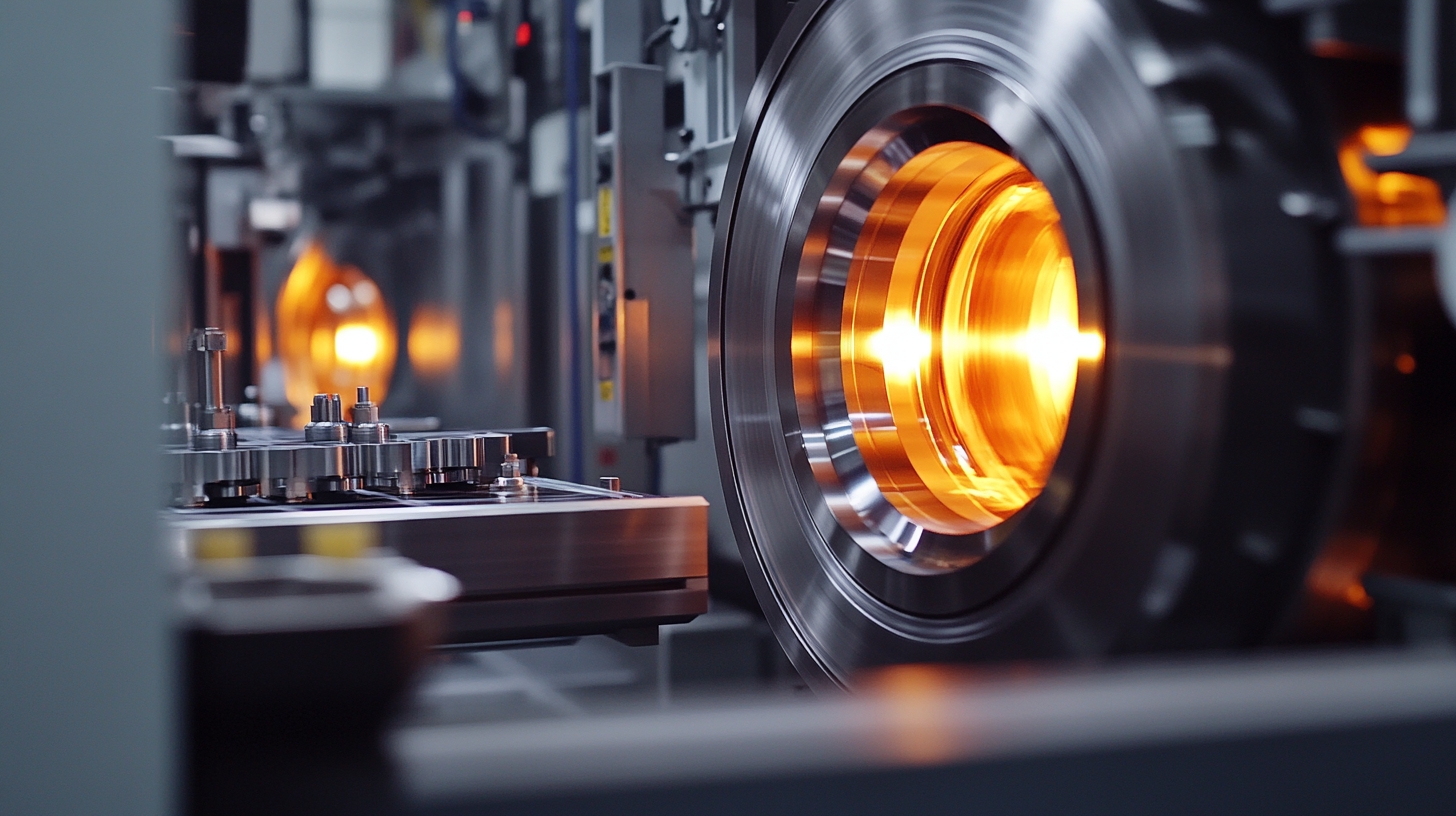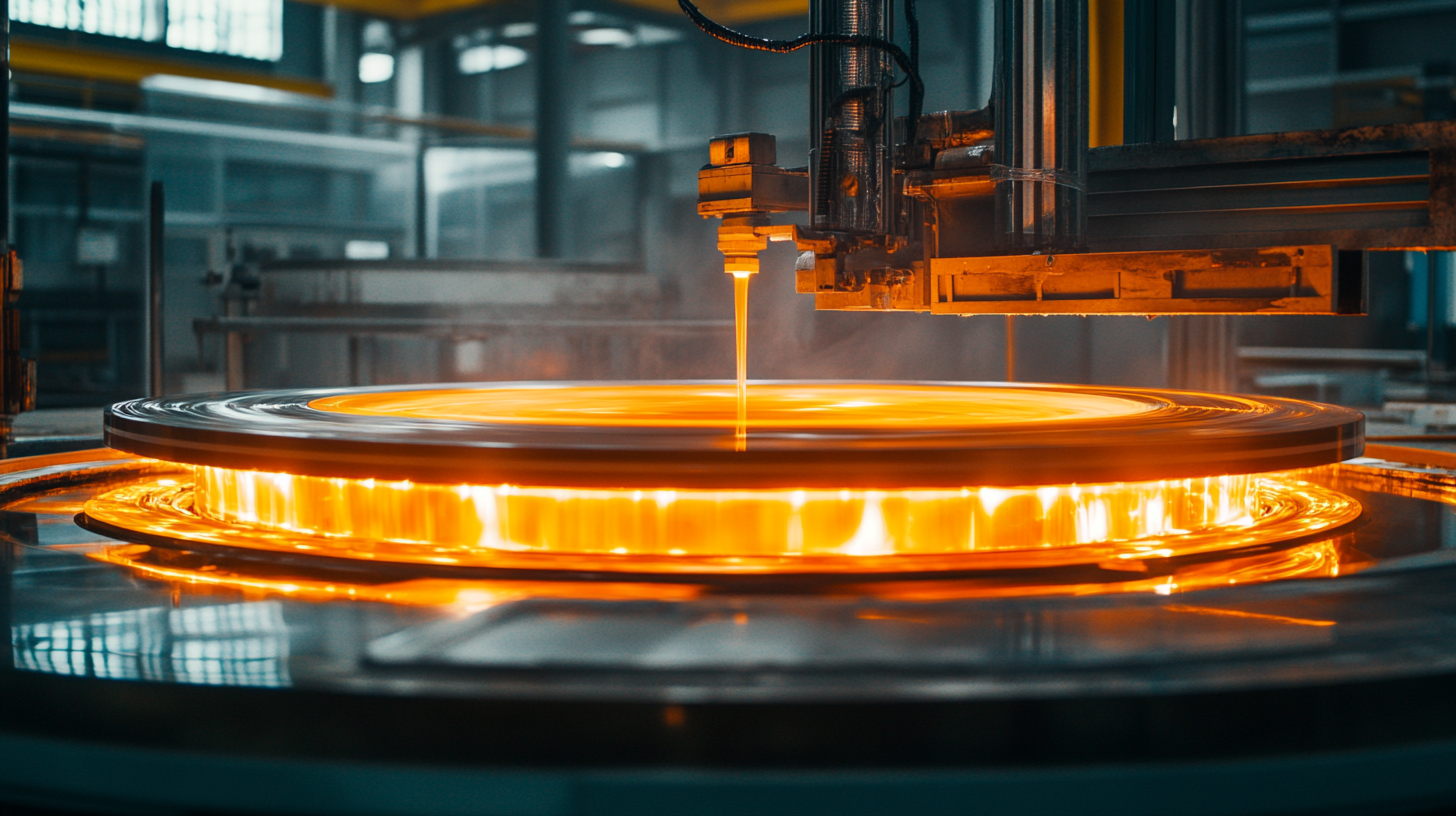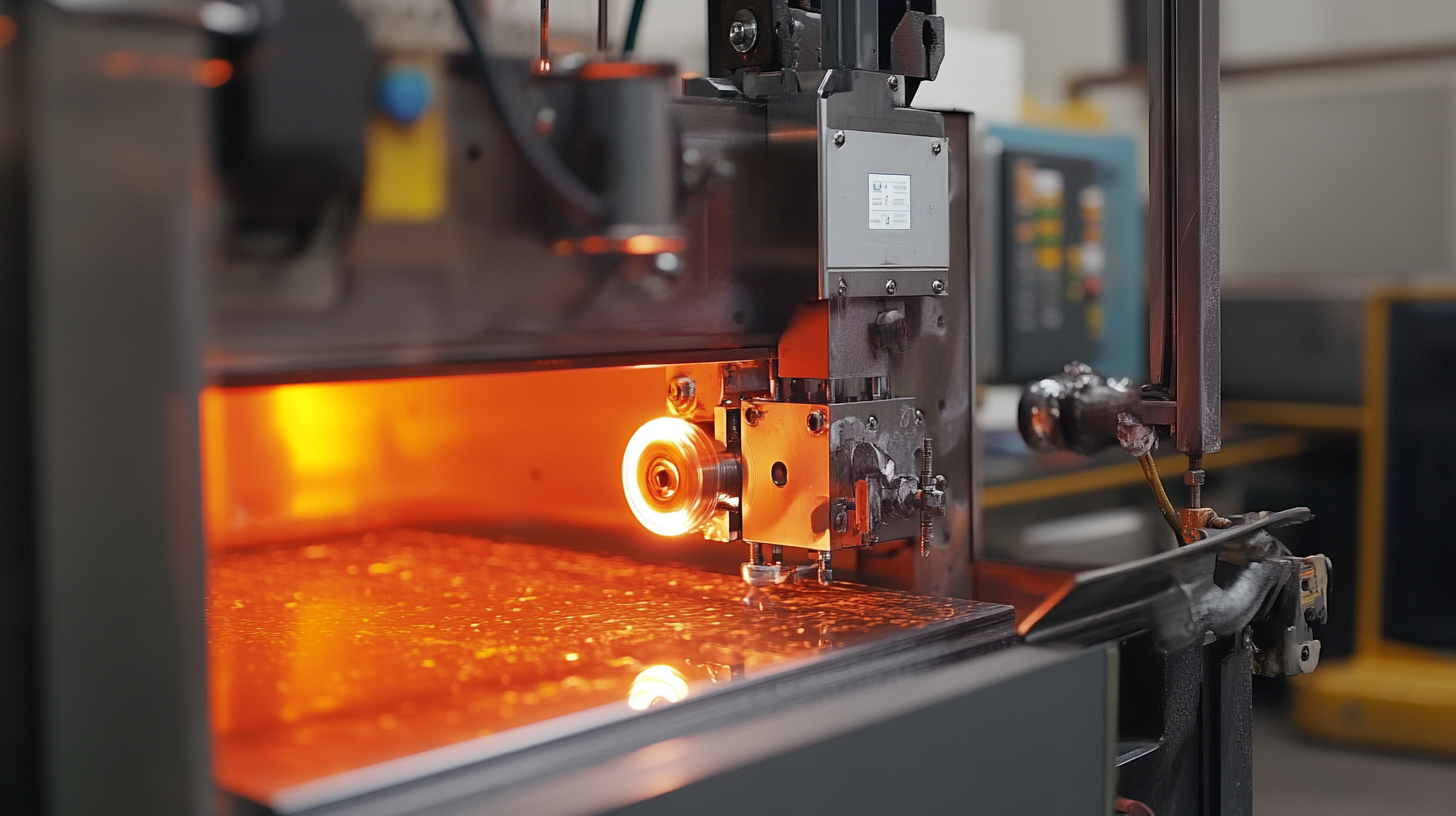In today’s fast-paced industrial landscape, the efficiency of production processes can make or break a business. Among the numerous pieces of equipment that contribute to optimal performance, the tempering machine stands out as a critical component in refining the quality of products, especially in the food and confectionery industries. Mastering the operation of this versatile machine not only enhances productivity but also ensures consistency and excellence in the final output. Understanding the nuances of tempering can significantly elevate a company’s operational standards and product reputation.
Moreover, as industries evolve and demand for superior quality rises, the mastery over tempering machines becomes increasingly vital. This blog will explore the essential techniques, tips, and best practices for operating tempering machines effectively. Whether you are a seasoned operator looking to refine your skills or a newcomer aiming to understand the intricacies involved, grasping the art of efficient tempering machine operation will empower you to achieve remarkable results. Join us on this journey toward enhancing your efficiency and product quality through the effective use of tempering machines.

Tempering machines play a crucial role in chocolate production, ensuring that the final product has the perfect sheen, snap, and melting characteristics. Understanding the components and functions of these machines is essential for achieving consistent quality in chocolate processing. The primary components of a tempering machine include the melting tank, the tempering unit, and the cooling system. Each element works in tandem to control the temperature and crystallization process of the chocolate, which is vital for producing high-quality chocolate confections. At exhibitions like iba, manufacturers showcase their latest innovations in tempering technology, enabling producers to streamline their operations. For instance, equipment demonstrations often include state-of-the-art chocolate coating machines that highlight advancements in efficiency and precision in chocolate processing. These displays not only provide insights into the technological capabilities but also offer practical applications that can enhance productivity on the production line. As the industry continues to evolve, understanding the basic functions of tempering machines becomes increasingly important. Efficient operation of these machines can directly impact the flavor, appearance, and shelf life of chocolate products. By focusing on mastering these essential elements, manufacturers can output superior chocolates while optimizing their production processes.

Tempering machines are essential in various industries, especially in metal processing and food production, where precise temperature control is crucial for product quality. To optimize their performance, it is fundamental to understand the essential techniques that can enhance efficiency and consistency. One of the key strategies involves regularly calibrating the machine. Proper calibration ensures that the temperature readings are accurate, which minimizes the risk of product defects caused by overheating or insufficient tempering.
Another vital technique is the careful selection of materials and components used in the tempering process. Utilizing high-quality alloys or additives can significantly affect the thermal conductivity and overall efficiency of the machine. Additionally, maintaining the equipment through routine inspections and timely servicing can prevent unexpected breakdowns and prolong the lifespan of the tempering machine. Keeping a detailed log of maintenance activities helps in identifying patterns and potential areas for improvement.
Furthermore, training operators on best practices is essential for optimizing machine operation. Well-trained personnel can make quicker adjustments to the process parameters and diagnose issues effectively, leading to enhanced productivity. Implementing a continuous improvement mindset within the team can inspire innovative ideas for performance enhancement and foster a culture of quality and efficiency. These techniques collectively contribute to mastering the art of tempering machine operation, ensuring that businesses achieve both high performance and product excellence.

Efficient tempering machine operation is essential for optimizing thermal treatment processes in industries such as food processing and metalworking. However, operators frequently encounter challenges that can hinder productivity and product quality. One common issue is temperature control fluctuations. According to a report from the International Journal of Thermal Sciences, improper temperature regulation can lead to a 20% increase in energy consumption and significantly impact the final product’s mechanical properties.
Another noteworthy challenge is the maintenance of equipment. A study by the Society of Manufacturing Engineers indicates that nearly 30% of tempering machine downtime is attributed to mechanical failures due to inadequate maintenance. Regularly scheduled inspections and adopting predictive maintenance strategies can mitigate these issues. By leveraging condition monitoring technologies, operators can identify potential failures before they escalate, ensuring smoother operations and reducing unexpected downtimes.
Training for operators is equally critical, as lack of knowledge can lead to operational errors. A survey conducted by the American Society for Quality revealed that businesses with comprehensive training programs experience a 15% reduction in operational mistakes. Investing in continuous education and hands-on training can empower operators to tackle challenges with confidence, ultimately improving both the efficiency of the tempering process and the quality of the final product.

Tempering machines play a crucial role in the manufacturing sector, particularly in industries that rely on the precision shaping of materials. To ensure optimal performance and safety while operating these machines, adhering to established safety protocols and best practices is essential. A report by the National Safety Council indicates that improper machine operation is responsible for approximately 20% of workplace injuries. This underscores the need for thorough safety training and awareness in the workplace.
One of the key safety protocols involves proper operator training. According to the Occupational Safety and Health Administration (OSHA), properly trained workers are 33% less likely to be involved in serious accidents. Operators are encouraged to familiarize themselves with the machine's manual, attend hands-on training sessions, and understand emergency shutdown procedures. Regular safety drills can also enhance readiness to respond to potential malfunctions.
Another best practice is to ensure regular maintenance and inspections of tempering machines. A study by the Journal of Quality in Maintenance Engineering highlights that consistent maintenance can lead to a 30% reduction in machine failure rates. Operators should routinely check for worn components, lubricate moving parts, and inspect safety guards and emergency stop buttons. Keeping the workspace organized further minimizes risks, as clutter can lead to accidents and inefficiencies.
Implementing these safety protocols and best practices not only protects workers but also enhances overall productivity and machine longevity. By fostering a culture of safety and maintenance, organizations can better navigate the operational challenges associated with tempering machines.
To maintain the efficiency of tempering machines, regular maintenance is crucial. Over time, components can wear down or become misaligned, which can lead to inefficiencies and increased downtime. A consistent schedule for inspecting and servicing key parts such as the heating elements, stirrers, and temperature sensors can dramatically extend the machine’s lifespan and ensure optimal performance. Routine checks not only help in identifying potential issues before they escalate but also support uninterrupted operation, minimizing the risk of production losses.
Additionally, troubleshooting is an essential skill for any operator working with tempering machines. Familiarizing oneself with common problems—such as temperature fluctuations, uneven heating, or mechanical noises—can save valuable time in addressing issues as they arise. Implementing a systematic approach to troubleshooting, such as referencing a checklist or following specific diagnostic protocols, can streamline the problem-solving process. Empowering operators with knowledge about these common issues enhances their ability to swiftly restore equipment to peak efficiency, thereby sustaining overall productivity in the operation.
Overall, emphasizing regular maintenance and honing troubleshooting skills will not only improve the operational efficiency of tempering machines but also foster a culture of proactive machine management within the team. Investing in training sessions for operators on machine care and problem resolution can lead to significant gains in productivity and operational smoothness.